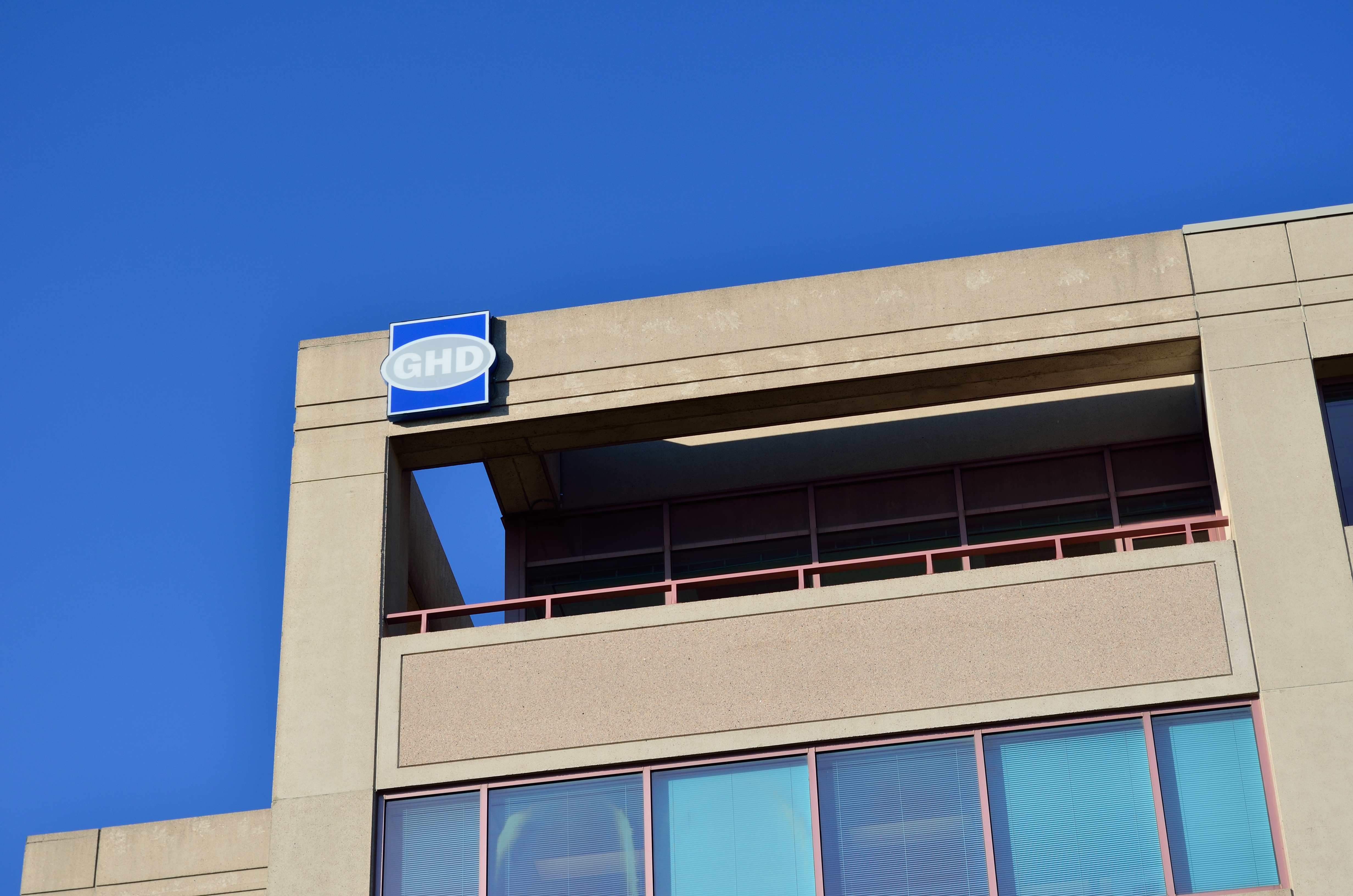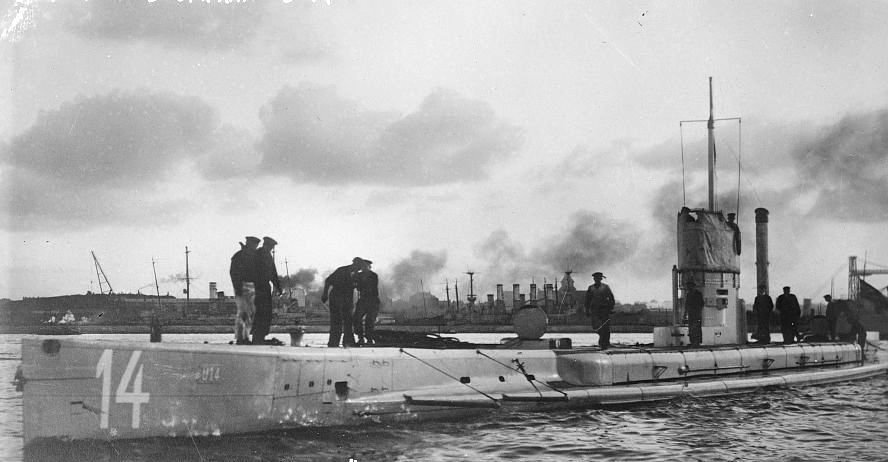|
TSS Kanowna
TSS ''Kanowna'', was an Australian steamboat, steamer built during 1902. The 6,993-ton, long ''Kanowna'' was constructed by William Denny and Brothers of Dumbarton, Scotland, and had a twin screw steamer, twin screw design. Operational history ''Kanowna'' was operated by the Australian United Steam Navigation Company (AUSNC), and it served the Sydney to Fremantle, Western Australia, Fremantle route. During August and September 1914, ''Kanowna'' was requisitioned by the Australian military to troopship, transport 1,000 soldiers to German New Guinea as part of the Australian Naval and Military Expeditionary Force.Frame & Baker, ''Mutiny!'', p. 72 Sailing late from Townsville on 8 August, the ship was forced to anchor off Thursday Island until 16 August, and did not arrive off Port Moresby until 6 September. The expeditionary force sailed the next day for Rabaul, but ''Kanowna'' fell behind the rest of the convoy, with the ship's master signalling to that his crew had mutiny, mu ... [...More Info...] [...Related Items...] OR: [Wikipedia] [Google] [Baidu] |
Kanowna I , a gold mine in Western Australia.
{{disambig ...
Kanowna is the name of several things *Kanowna, Western Australia, a ghost town in Western Australia *TSS Kanowna, an Australian steamer built during 1902 which sank in 1929 *Kanowna Belle Gold Mine The Kanowna Belle Gold Mine is a gold mine north-east of Kalgoorlie, Western Australia, near the ghost town of Kanowna. It is operated by Northern Star Resources. [...More Info...] [...Related Items...] OR: [Wikipedia] [Google] [Baidu] |
Royal Australian Navy
The Royal Australian Navy (RAN) is the principal naval force of the Australian Defence Force (ADF). The professional head of the RAN is Chief of Navy (CN) Vice Admiral Mark Hammond AM, RAN. CN is also jointly responsible to the Minister of Defence (MINDEF) and the Chief of Defence Force (CDF). The Department of Defence as part of the Australian Public Service administers the ADF. Formed in 1901, as the Commonwealth Naval Forces (CNF), through the amalgamation of the colonial navies of Australia following the federation of Australia. Although it was originally intended for local defence, it became increasingly responsible for regional defence as the British Empire started to diminish its influence in the South Pacific. The Royal Australian Navy was initially a green-water navy, and where the Royal Navy provided a blue-water force to the Australian Squadron, which the Australian and New Zealand governments helped to fund, and that was assigned to the Australia Station. Thi ... [...More Info...] [...Related Items...] OR: [Wikipedia] [Google] [Baidu] |
List Of Ships Built By William Denny And Brothers ...
This is a list of ships built by William Denny and Brothers, Dumbarton, Scotland. Ships Footnotes {{reflist See also * Scottish Built Ships database Denny William Denny and Brothers William Denny and Brothers Limited, often referred to simply as Denny, was a Scottish shipbuilding company. History The shipbuilding interests of the Denny family date back to William Denny (born 1779), for whom ships are recorded being buil ... [...More Info...] [...Related Items...] OR: [Wikipedia] [Google] [Baidu] |
GHD Group
GHD Group Pty Ltd (formerly known as Gutteridge Haskins & Davey) is a global employee-owned multinational technical professional services firm providing advisory, architecture and design, buildings, digital, energy and resources, environmental, geosciences, project management, transportation and water services. GHD employs more than 10,000 people—engineers, architects, planners, scientists, project managers and economists— operating in over 200 offices across five continents serving clients in water, energy and resources, environment, property and buildings, and transportation markets. GHD has delivered projects in over 135 countries. History GHD was founded as a private practice in Melbourne, Australia in 1928 by Alan Gordon Gutteridge who operated as a consulting engineer with focuses on water and sewerage. The partnership of Gerald Haskins and Geoffrey Innes Davey joined with Gutteridge's practice in 1939, establishing the formal partnership of Gutteridge Hask ... [...More Info...] [...Related Items...] OR: [Wikipedia] [Google] [Baidu] |
Technical Drawing
Technical drawing, drafting or drawing, is the act and Academic discipline, discipline of composing Plan (drawing), drawings that Visual communication, visually communicate how something functions or is constructed. Technical drawing is essential for communicating ideas in Manufacturing, industry and engineering. To make the drawings easier to understand, people use familiar symbols, Perspective (graphical), perspectives, units of measurement, notation systems, visual styles, and page layout. Together, such Convention (norm), conventions constitute a visual language and help to ensure that the drawing is unambiguous and relatively easy to understand. Many of the symbols and principles of technical drawing are codified in an international standard called ISO 128. The need for precise communication in the preparation of a functional document distinguishes technical drawing from the expressive drawing of the visual arts. Artistic drawings are subjectively interpreted; their meanin ... [...More Info...] [...Related Items...] OR: [Wikipedia] [Google] [Baidu] |
Bass Strait
Bass Strait () is a strait separating the island state of Tasmania from the Australian mainland (more specifically the coast of Victoria, with the exception of the land border across Boundary Islet). The strait provides the most direct waterway between the Great Australian Bight and the Tasman Sea, and is also the only maritime route into the economically prominent Port Phillip Bay. Formed 8,000 years ago by rising sea levels at the end of the last glacial period, the strait was named after English explorer and physician George Bass (1771-1803) by European colonists. Extent The International Hydrographic Organization defines the limits of Bass Strait as follows: :''On the west.'' The eastern limit of the Great Australian Bight eing a line from Cape Otway, Australia, to King Island (Tasmania)">King Island and thence to Cape Grim, the northwest extreme of Tasmania]. :''On the east.'' The western limit of the Tasman Sea between Gabo Island and Eddystone Point eing a line fr ... [...More Info...] [...Related Items...] OR: [Wikipedia] [Google] [Baidu] |
Cleft Island (Victoria)
Cleft Island, also known as Skull Rock, is a small, rugged, granite island in the Anser group of islands to the south-west of Wilsons Promontory, Victoria, Australia. The island is within Wilsons Promontory National Park. The surrounding waters to the mean high-water mark are within Wilsons Promontory Marine National Park. It is part of the Wilsons Promontory Islands Important Bird Area, identified as such by BirdLife International because of its importance for breeding seabird Seabirds (also known as marine birds) are birds that are adapted to life within the marine environment. While seabirds vary greatly in lifestyle, behaviour and physiology, they often exhibit striking convergent evolution, as the same enviro ...s. It is partially hollowed out by ancient waves, creating a cave 130m wide and 60m tall. Only 9 people have ventured into the cavern, finding "old cannon balls left by passing ships practicing their aim". Adventurers had to land on the top of the rock ... [...More Info...] [...Related Items...] OR: [Wikipedia] [Google] [Baidu] |
Kanowna II , a gold mine in Western Australia.
{{disambig ...
Kanowna is the name of several things *Kanowna, Western Australia, a ghost town in Western Australia *TSS Kanowna, an Australian steamer built during 1902 which sank in 1929 *Kanowna Belle Gold Mine The Kanowna Belle Gold Mine is a gold mine north-east of Kalgoorlie, Western Australia, near the ghost town of Kanowna. It is operated by Northern Star Resources. [...More Info...] [...Related Items...] OR: [Wikipedia] [Google] [Baidu] |
Australian War Memorial
The Australian War Memorial is Australia's national memorial to the members of its armed forces and supporting organisations who have died or participated in wars involving the Commonwealth of Australia and some conflicts involving personnel from the Australian colonies prior to Federation. Opened in 1941, the memorial includes an extensive national military museum. The memorial is located in Australia's capital, Canberra, in the suburb of . The Australian War Memorial forms the north terminus of the city's ceremonial land axis, which stretches from Parliament House on Capital Hill along a line passing through the summit of the cone-shaped Mount Ainslie to the northeast. No continuous roadway links the two points, but there is a clear line of sight from the front balcony of Parliament House to the war memorial, and from the front steps of the war memorial back to Parliament House. The Australian War Memorial consists of three parts: the Commemorative Area (shrine) i ... [...More Info...] [...Related Items...] OR: [Wikipedia] [Google] [Baidu] |
Unrestricted Submarine Warfare
Unrestricted submarine warfare is a type of naval warfare in which submarines sink merchant ships such as freighters and tankers without warning, as opposed to attacks per prize rules (also known as "cruiser rules") that call for warships to search merchantmen and place crews in "a place of safety" (for which lifeboats do not qualify, except under particular circumstances) before sinking them, unless the ship shows "persistent refusal to stop ... or active resistance to visit or search". To follow the rules a submarine must surface, defeating the purpose of submarines and putting itself in danger of attack. History Limitations on warfare at sea date back to the 1899 Hague Convention. During the First World War, the United Kingdom introduced Q-ships with concealed deck guns and many armed merchantmen, leading Germany to ignore the prize rules. In the most dramatic episode they sank in 1915 in a few minutes because she was carrying war munitions. The U.S. demanded it stop, and ... [...More Info...] [...Related Items...] OR: [Wikipedia] [Google] [Baidu] |
Royal Army Medical Corps
The Royal Army Medical Corps (RAMC) is a specialist corps in the British Army which provides medical services to all Army personnel and their families, in war and in peace. The RAMC, the Royal Army Veterinary Corps, the Royal Army Dental Corps and Queen Alexandra's Royal Army Nursing Corps form the Army Medical Services. History Origins Medical services in the British armed services date from the formation of the Standing Regular Army after the Restoration of Charles II in 1660. Prior to this, from as early as the 13th century there are records of surgeons and physicians being appointed by the English army to attend in times of war; but this was the first time a career was provided for a Medical Officer (MO), both in peacetime and in war. For much of the next two hundred years, army medical provision was mostly arranged on a regimental basis, with each battalion arranging its own hospital facilities and medical supplies. An element of oversight was provided by the appointment ... [...More Info...] [...Related Items...] OR: [Wikipedia] [Google] [Baidu] |
_-_SLV_H91.250-164.jpg)




